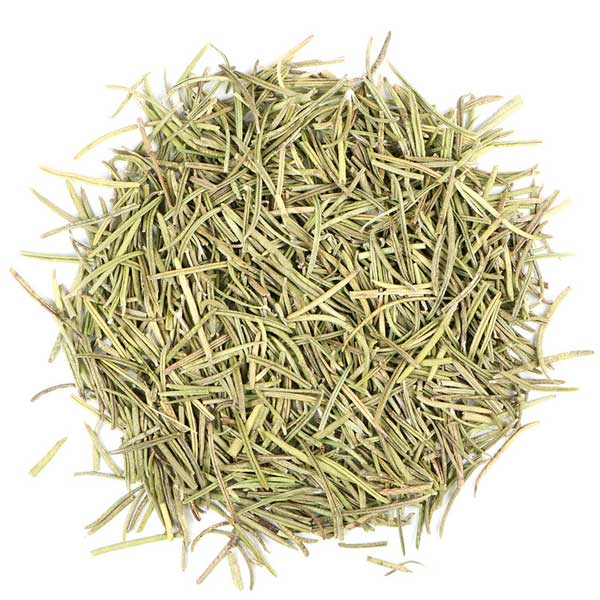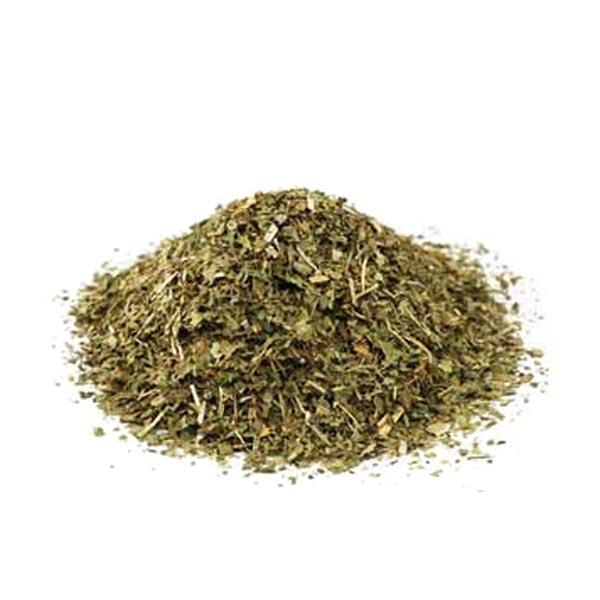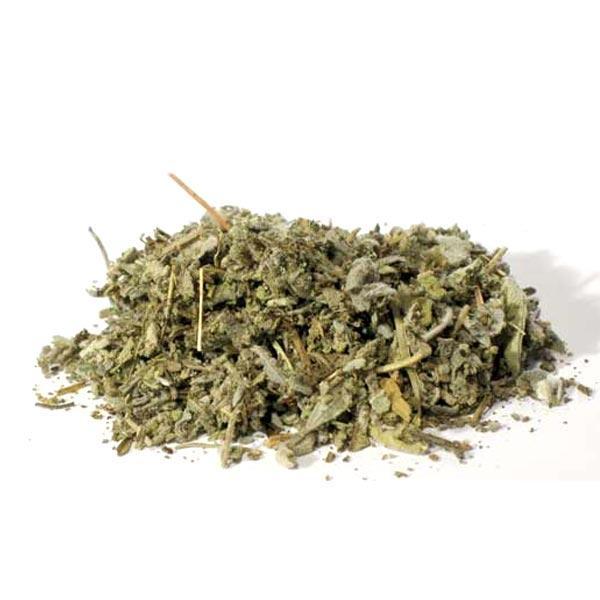Description
Rosemary Leaf is an aromatic, woody perennial bearing blue flowers and needlelike leaves. Native to the Mediterranean and naturalized worldwide, rosemary leaf is most recognized as a culinary spice. Rosmarinus officinalis was known historically for its healthful uses and folklore, especially as a memory aid. Dried rosemary leaves can be macerated as rosemary extract, infused into oils and vinegars, and incorporated into herbal tea blends.
Rosemary leaves are often used in herbal medicine for their beneficial properties, including supporting overall cognitive health.*
Rosemary is an aromatic member of the mint family native to the Mediterranean region where it is utilized as a treasured culinary spice. It is a flowering evergreen, producing thin, needle-like leaves. Rosemary plants are commonly cultivated and easily grown in many household gardens. They can grow prolifically and prefer full sun and well-drained soil, but can also thrive in pots on the windowsill.
There are many cultivators of rosemary worldwide, each with unique growth and flowering characteristics. Nevertheless, the flavor of rosemary is not highly variable and makes an excellent addition to many traditional dishes.
Rosemary adds a delightful flavor to cuisine all across the world. The younger leaves are preferred for a sweeter flavor, standing up well to cooking, even at high temperatures. The smell of rosemary is piney and fresh; familiar but also distinctive. It is baked into breads and crackers, and is classically used as a rub for pork and lamb.
Food manufacturers add rosemary to meats and sauces as an antioxidant and stabilizer. The herb is also used to make liqueurs, such as Benedictine and Danziger Goldwasser.


 Rosemary Leaf comes in a labeled 1 ounce resealable plastic pouch. Certified USDA Organic.
Rosemary Leaf comes in a labeled 1 ounce resealable plastic pouch. Certified USDA Organic.



Reviews
There are no reviews yet.